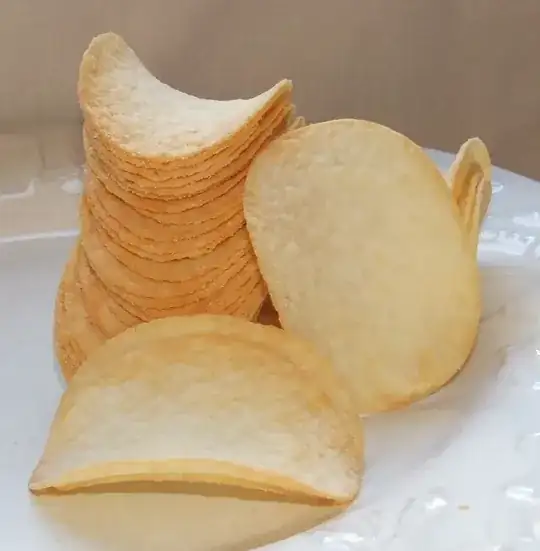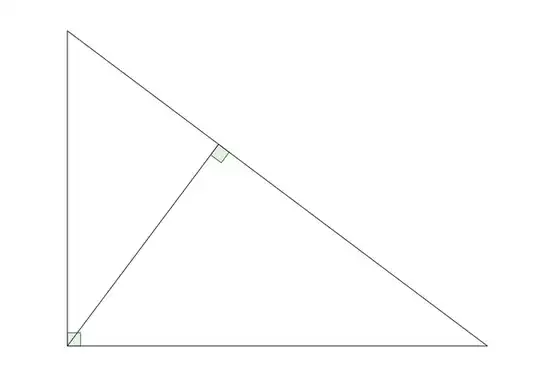I'll expand on my comment, now that I have some time.
For high school students, I really like discrete-math type ideas, particularly combinatorics. First, the vast majority of students are never exposed to these ideas (save binomial coefficients, and these, if introduced, are just strange symbols used to expand $(a+b)^n$, in my experience). And second, they often require relatively little prior knowledge, and offer the chance to think visually.
$\bullet$ First, that the sum of the first $n$ odd, positive integers is $n^2$. I'm currently teaching a remedial algebra class in college, and used the following as a bonus question on the first exam: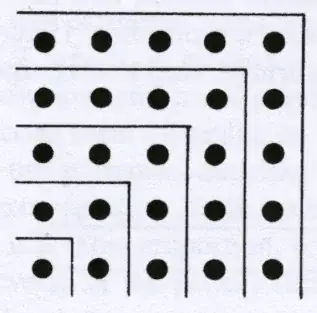
"This image shows that $1 + 3 + 5 + 7 + 9 = 5^2$. What do you think $1 + 3 + 5 + \ldots + 99$ will be? Don't worry about simplifying, I'd prefer you to leave the answer as $[something]^2$. You can test your conjecture to see if it makes sense for $1,\ 1 + 3,\ 1 + 3 + 5,$ and $1 + 3 + 5 + 7$, also conveniently shown in the picture."
I got a few right answers (one particularly impressive, as they used squares to count how many odd numbers there were from $1$ to $99$), and even more amazing, everyone stayed after class the following day to ask me how to solve it! You can rest assured this has never happened with the material in the curriculum.
$\bullet$ To expand on binomial coefficients, note that a subset of $\{1,2,3,4,5\}$, such as $\{1, 3, 4\}$, uniquely determines a sequence $$\underset{1}{L}\ R\ \underset{3}{L}\ \underset{4}{L}\ R$$ of left/right steps, and thus paths (of the sort found in this pdf) from the top of Pascal's Triangle, to a certain spot, are counted by the binomial coefficient $5 \choose 3$ in a very natural way. 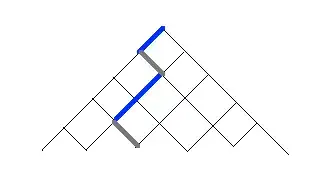
This is also a very pleasing route to arrive at the famous identity $${n - 1 \choose k - 1} + {n - 1 \choose k} = {n \choose k},$$ as any path ending at the depicted point must pass through one of the two adjacent points above it; we simply add the numbers of those paths to see that ${4 \choose 2} + {4 \choose 3} = {5 \choose 3}$, as a calculation-free example. And of course, by exchanging L's with R's, we must have ${n \choose k} = {n \choose {n-k}}$.
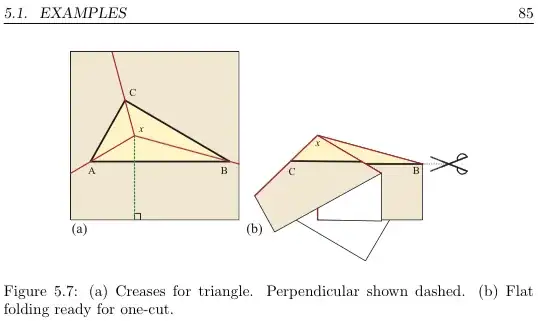


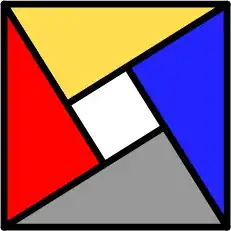
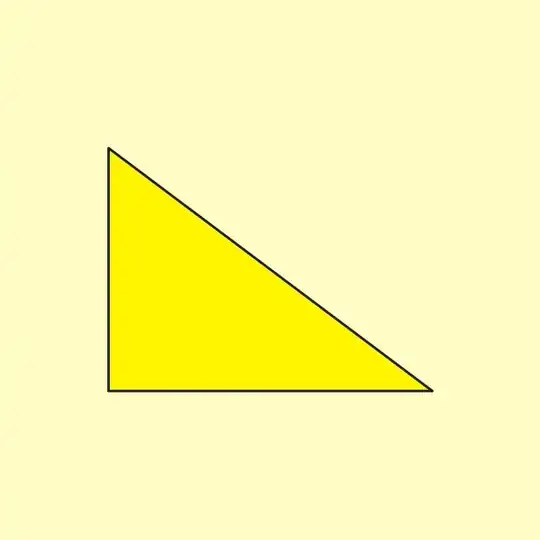

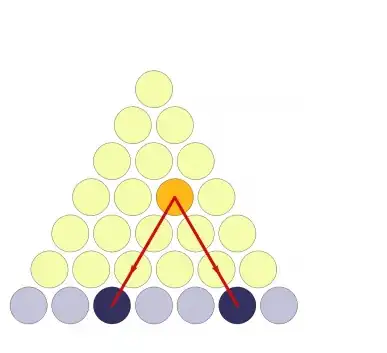
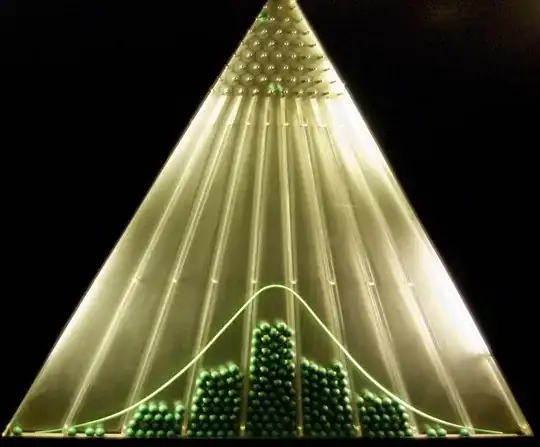


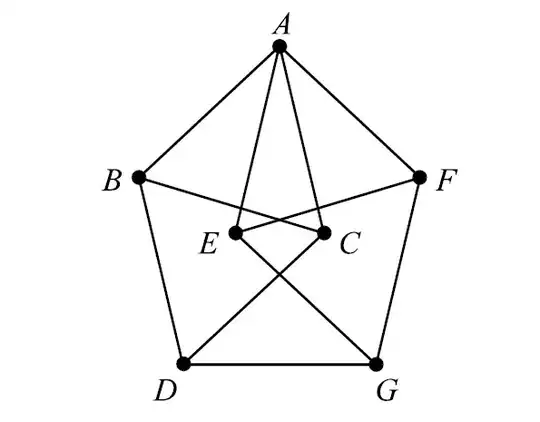
 Now if any edge of the triangle $XYZ$ is red, then that edge, and the two edges joining that edge to $V$ are red. So, we have a triangle with three red edges. (and we are done) Otherwise, if the triangle $XYZ$ does not have a red edge, then it has three blue edges. (and again we are done)
Now if any edge of the triangle $XYZ$ is red, then that edge, and the two edges joining that edge to $V$ are red. So, we have a triangle with three red edges. (and we are done) Otherwise, if the triangle $XYZ$ does not have a red edge, then it has three blue edges. (and again we are done)



